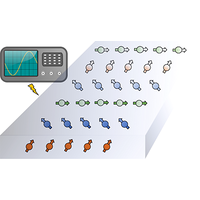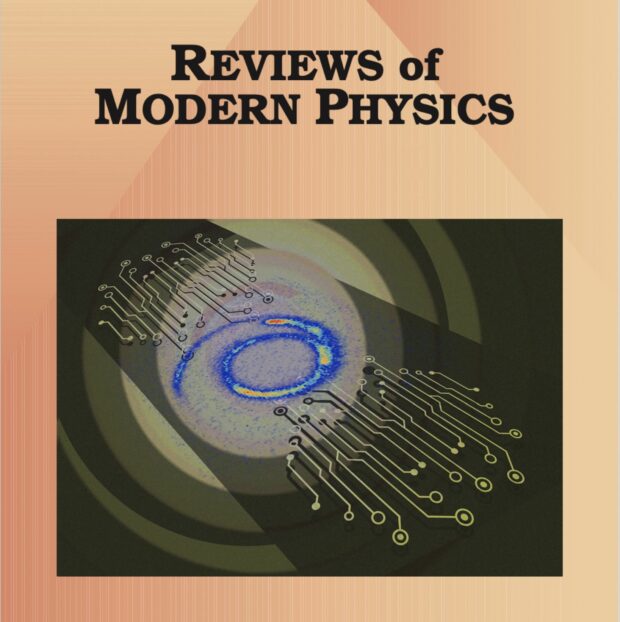学术讨论会:量子和经典离散时间晶体
IF 44.8
1区 物理与天体物理
Q1 PHYSICS, MULTIDISCIPLINARY
引用次数: 15
摘要
时间平移对称的自发破缺导致了物质的一种新相——离散时间晶体的发现。离散时间晶体表现出刚性次谐波振荡,这是由多体相互作用、集体同步和遍历性破缺共同作用的结果。本次研讨会回顾了量子和经典离散时间晶体研究的最新理论和实验进展。我们重点研究了遍历性的破坏作为离散时间晶体的关键,以及遍历性的延迟作为许多现象的来源,这些现象具有离散时间晶体的许多特性,包括交流约瑟夫森效应,耦合映射晶格和法拉第波。从理论上讲,在封闭和开放系统中都存在多种稳定时间晶体顺序的策略,从局部化和预热化到耗散和误差校正。在实验上,多体量子模拟器为研究时间晶体顺序的特征提供了一个天然的平台;最近的工作利用捕获离子,固体自旋系统,和超导量子比特将进行审查。最后,本次研讨会通过描述该领域的突出挑战以及对实验和理论前沿新方向的展望来结束。本文章由计算机程序翻译,如有差异,请以英文原文为准。

Colloquium
: Quantum and classical discrete time crystals
The spontaneous breaking of time translation symmetry has led to the discovery of a new phase of matter - the discrete time crystal. Discrete time crystals exhibit rigid subharmonic oscillations, which result from a combination of many-body interactions, collective synchronization, and ergodicity breaking. This Colloquium reviews recent theoretical and experimental advances in the study of quantum and classical discrete time crystals. We focus on the breaking of ergodicity as the key to discrete time crystals and the delaying of ergodicity as the source of numerous phenomena that share many of the properties of discrete time crystals, including the AC Josephson effect, coupled map lattices, and Faraday waves. Theoretically, there exists a diverse array of strategies to stabilize time crystalline order in both closed and open systems, ranging from localization and prethermalization to dissipation and error correction. Experimentally, many-body quantum simulators provide a natural platform for investigating signatures of time crystalline order; recent work utilizing trapped ions, solid-state spin systems, and superconducting qubits will be reviewed. Finally, this Colloquium concludes by describing outstanding challenges in the field and a vision for new directions on both the experimental and theoretical fronts.
求助全文
通过发布文献求助,成功后即可免费获取论文全文。
去求助
来源期刊

Reviews of Modern Physics
物理-物理:综合
CiteScore
76.20
自引率
0.70%
发文量
30
期刊介绍:
Reviews of Modern Physics (RMP) stands as the world's foremost physics review journal and is the most extensively cited publication within the Physical Review collection. Authored by leading international researchers, RMP's comprehensive essays offer exceptional coverage of a topic, providing context and background for contemporary research trends. Since 1929, RMP has served as an unparalleled platform for authoritative review papers across all physics domains. The journal publishes two types of essays: Reviews and Colloquia. Review articles deliver the present state of a given topic, including historical context, a critical synthesis of research progress, and a summary of potential future developments.
 求助内容:
求助内容: 应助结果提醒方式:
应助结果提醒方式:


